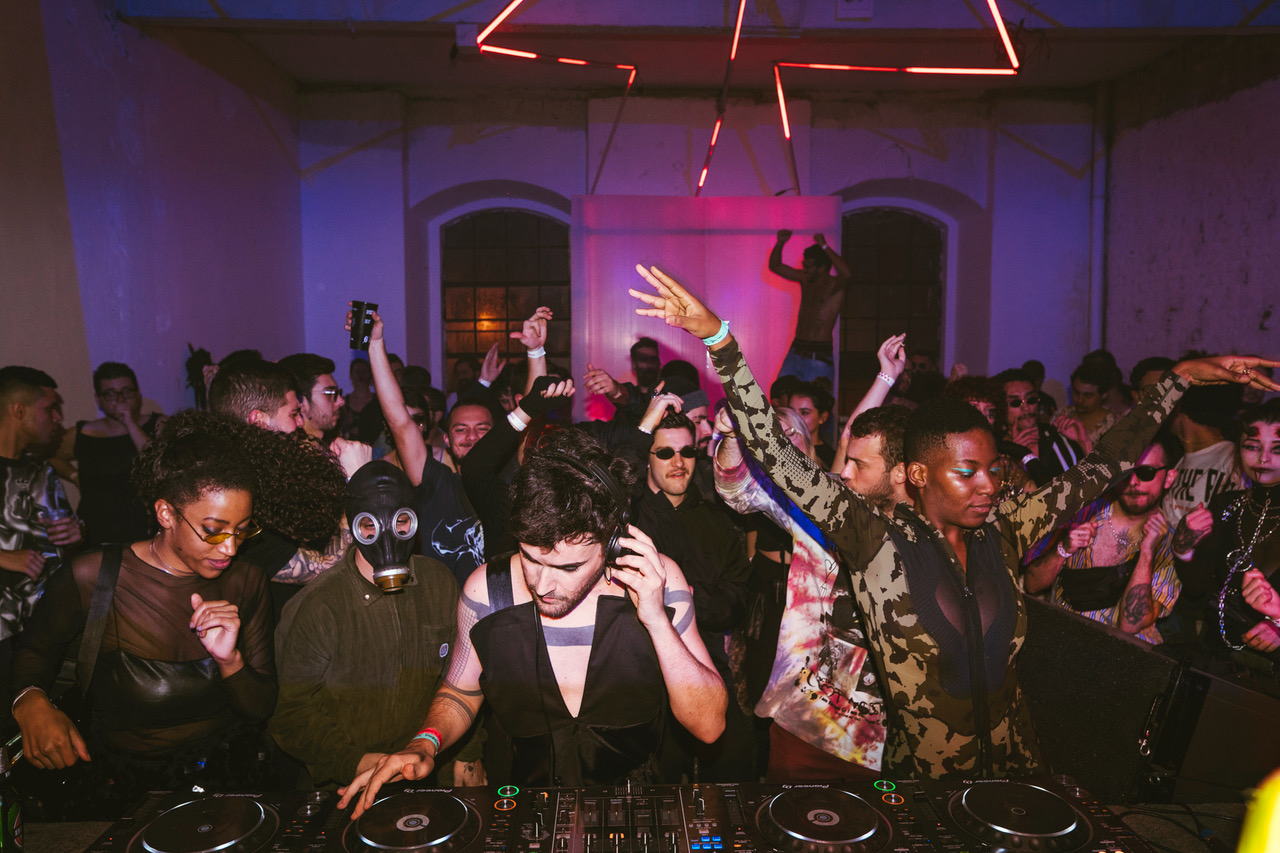How Underground Club Kids And the Queer BIPOC Communities Are Resisting Mainstream Co-Opting
“The minute the algorithm finds it, it’s already dead,” says Kia, a DJ affiliated with New York’s queer techno collective INFERNO. We’re sitting on the steps outside Public Records, a Brooklyn venue known for its minimalism and community-first curation. For Kia and many like them, underground nightlife isn’t a backdrop for content creation—it’s a site of resistance, survival, and self-definition.
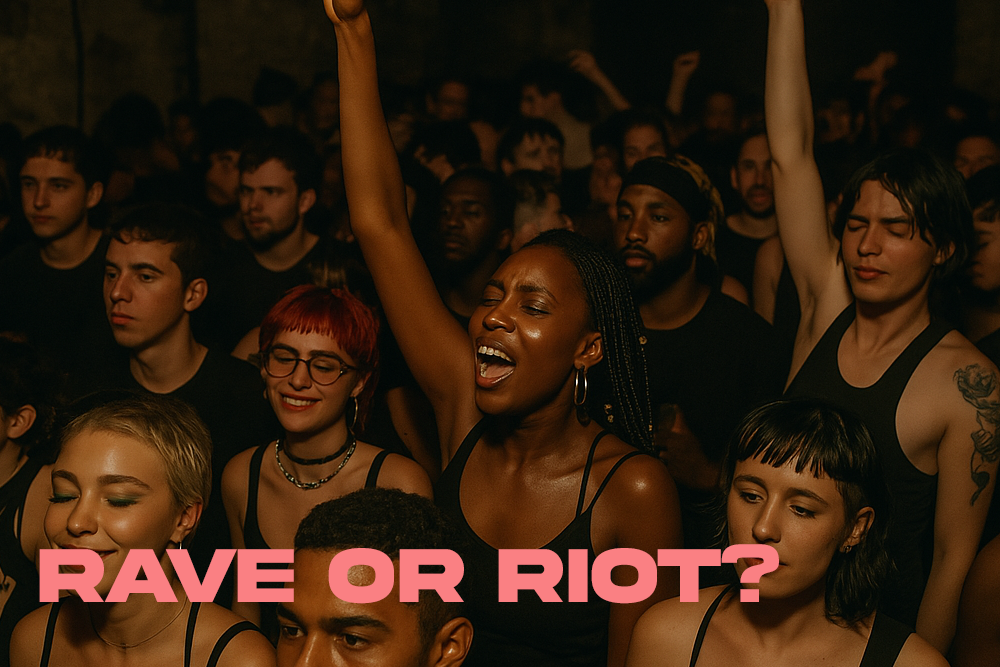
The New Underground: Post-Algorithm Rebellion
The cycle is familiar: subculture becomes cool, gets commodified, and is eventually sanitized for mass appeal. But today’s underground is more agile, more globally networked, and more intentional. Unlike past waves that were eventually swallowed by mainstream culture, this generation is harder to pin down — operating fluidly across borders, digital platforms, and DIY spaces with a heightened awareness of how culture gets co-opted.
“We’re not anti-growth,” says Kia, a DJ and organizer based in Berlin. “We’re anti-extraction. There’s a difference.” It’s not about staying small for the sake of exclusivity — it’s about protecting the integrity of spaces that prioritize people over profit.
Underground club scenes today are as much about music and aesthetics as they are about building systems of care: shared resources, safer spaces, and platforms that uplift rather than exploit. These communities are actively resisting surveillance culture, gentrification, and the pressure to cater to algorithmic tastes. The dancefloor isn’t just a site of escapism — it’s a rehearsal space for alternate futures, where new modes of connection, visibility, and resistance are practiced in real time.
In a world obsessed with visibility, these scenes remind us that what happens off-grid can still shape the cultural mainframe.
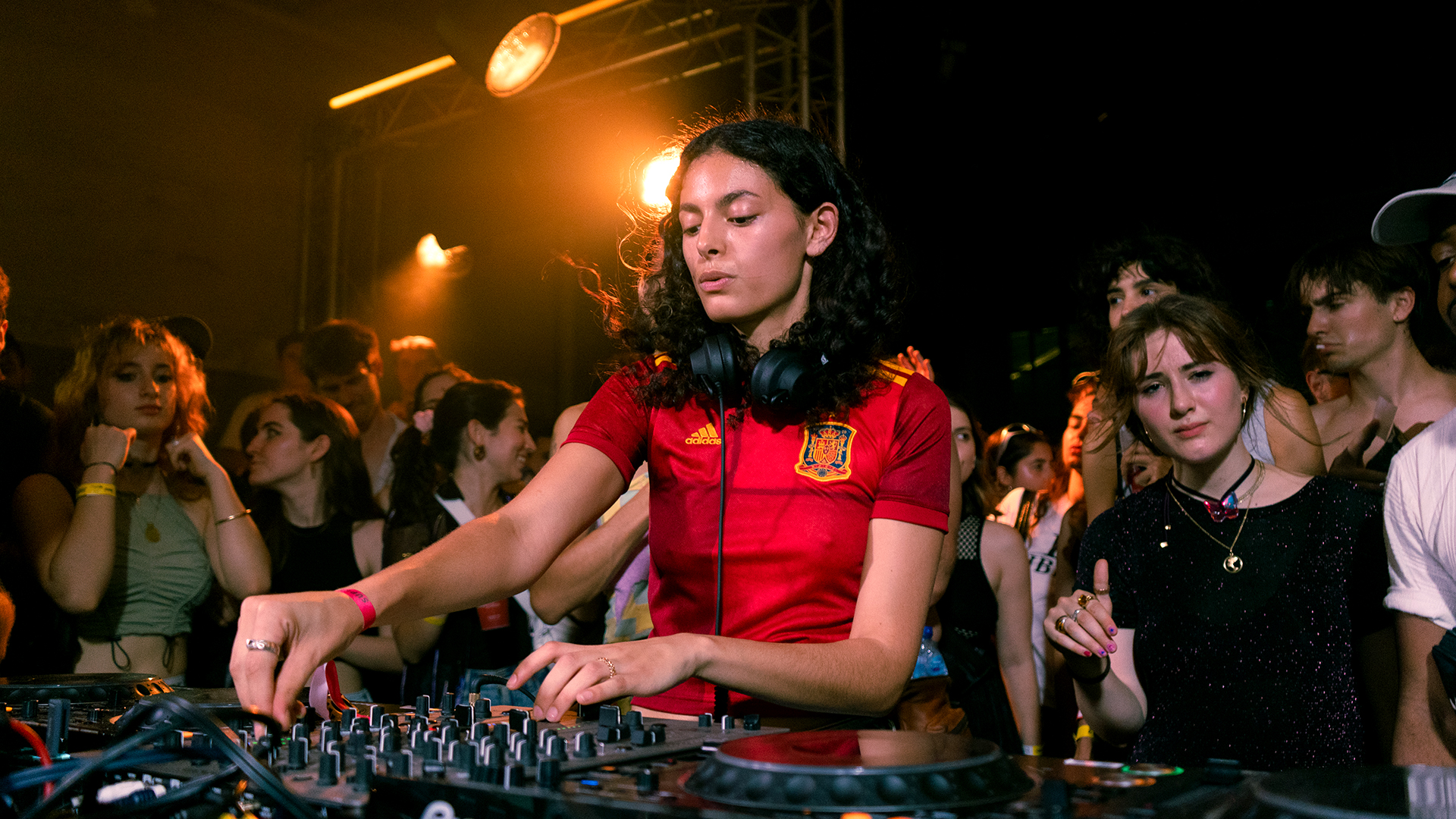
Know The History: How The Queer and BIPOC Community Shape Club Culture
Across major cities like London, Berlin, São Paulo, and New York, underground rave scenes are mutating in defiance of the hyper-visible, brand-co-opted club culture plastered across social feeds. These aren’t just parties — they’re living archives.
As mapped in the 2014 essay “An Alternate History of Sexuality in Club Culture,” nightlife has long been a battleground where queer and trans communities carved out space, safety, and selfhood under the strobe lights. This history pulses through today’s collectives — from Papi Juice and Bubble_T in NYC to Pxssy Palace and BBZ in London — who are torchbearers of that legacy, remixing it with sharper politics, deeper community bonds, and an anti-corporate, pro-pleasure ethos. These raves aren’t curated for clout; they’re curated for survival.
Dancefloors become protest sites. Joy is weaponised. Sound becomes sanctuary. And visibility? That’s just a byproduct — the real goal is collective liberation, sweaty and euphoric and completely unfiltered.
“The danger is when brands want our look, not our values, We’re not an aesthetic. We’re a lineage of resistance.” Oscar Nunez, co-founder of Papi Juice.
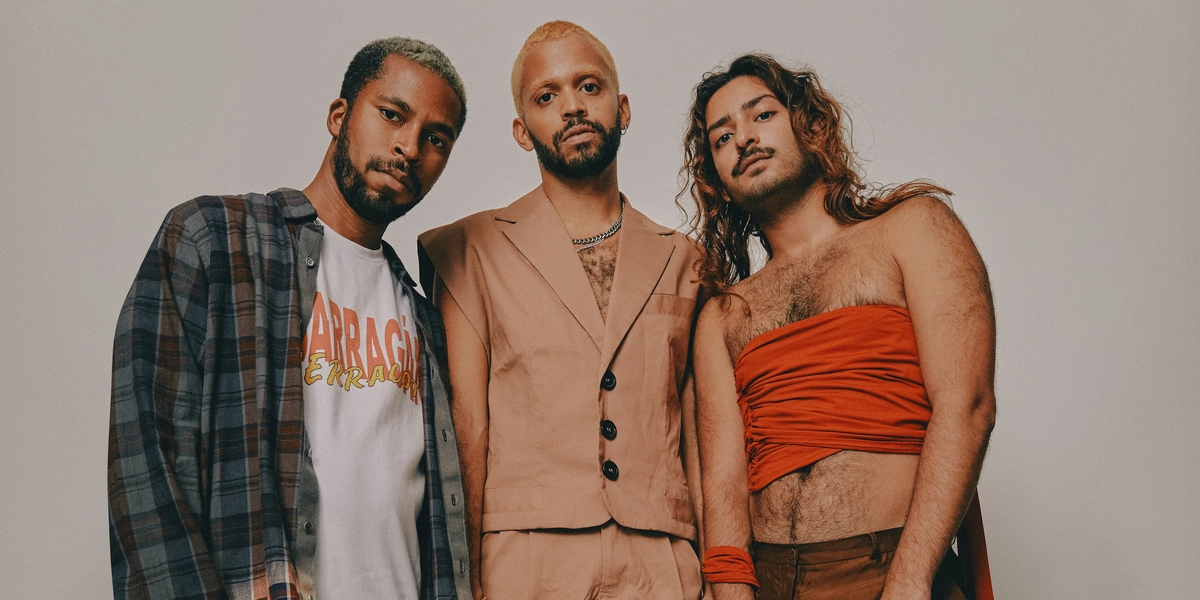
Community as Protest
The underground has always been political. In the 80s and 90s, warehouse parties were havens for queer expression during the AIDS crisis and often policed or shut down. Today, collectives use parties to raise funds, spread awareness, and resist systemic violence.
Pxssy Palace doesn’t just throw raves—they build community infrastructure. Founded in London in 2015 by Nadine Noor, along with co-founders Sade Giliberti and DJ bbz, Pxssy Palace emerged in response to the lack of inclusive, QTIBPOC-centered nightlife in the UK. Since then, they’ve grown into one of the most visible and vital collectives in the country, blending nightlife with direct action and cultural education.
Their events fundraise for causes like trans youth support, legal aid for queer immigrants, and mental health resources for communities of color. During the pandemic, they launched the PP Emergency Fund, distributing thousands of pounds to queer creatives affected by lockdown.
Noor—who has a background in community organizing and public health—views the dance floor as a site of radical healing. “We’re not just escaping,” she told The Guardian. “We’re building an alternative. Raving is resistance. It’s joy as protest.”
Pxssy Palace also hosts panel talks, workshops, and activist teach-ins alongside their parties. Their safer spaces policy is printed on flyers and enforced at the door, and they collaborate with groups like UK Black Pride, Exist Loudly, and Black Trans Foundation to extend their impact beyond nightlife.
Through Noor’s leadership, Pxssy Palace has become more than a collective—it’s a blueprint for what a liberated nightlife future can look like: unapologetically queer, radically Black and brown, and deeply rooted in care.
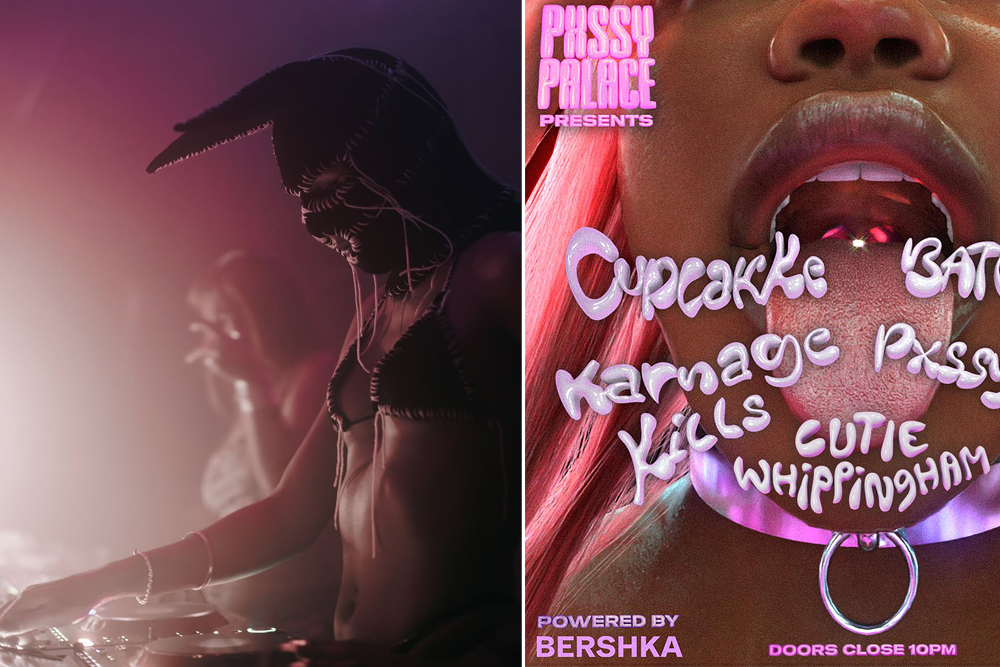
Safety Over Clout
For many marginalized communities—especially queer, trans, and BIPOC ravers—the underground isn’t just about exclusivity; it’s about creating safe, self-governed spaces. That ethos manifests in venue choice, security, and door policies.
Nowadays, a club in Ridgewood, Brooklyn, has implemented a widely respected safer space policy, including a dedicated care team, phone-free zones, and a no-questions-asked quiet room. Bossa Nova Civic Club, while temporarily closed due to a fire, was long known for being a gritty, inclusive haven for queer and BIPOC ravers in NYC’s Bushwick scene.
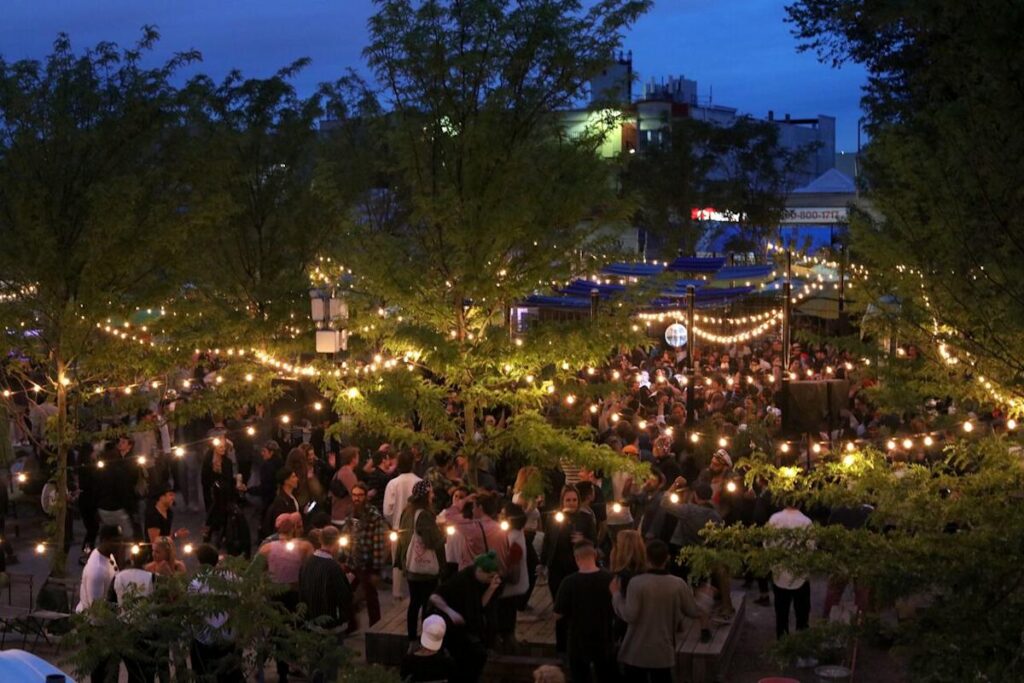
Analog Revival and Digital Resistance
In reaction to the hyper-documentation of club life, many underground events now ban phones entirely or encourage analog archiving through film photography, zines, mixtapes, and word-of-mouth flyers. This analog revival isn’t just an aesthetic throwback — it’s a political stance. By resisting real-time surveillance and algorithmic capture, these scenes reclaim intimacy and ephemerality as radical tools.
In São Paulo, the collective Mamba Negra prints monthly rave zines packed with political essays, collage art, hand-drawn flyers, and set lists — a tactile response to a digital culture that flattens nuance. In London, BBZ runs a growing community archive that documents QTIBPOC nightlife on its own terms, creating a living record of a culture often erased or misrepresented.
“We don’t want to disappear just because we’re not viral,” says Kareem, a DJ and contributor to BBZ’s archival project. “This is our legacy.” The act of archiving becomes both resistance and remembrance — a way to outlive the scroll, and assert that this culture, though often invisible to the mainstream, is deeply real, intentional, and worthy of preservation. In these analog gestures lies a refusal: to be seen only when it’s profitable, or palatable.
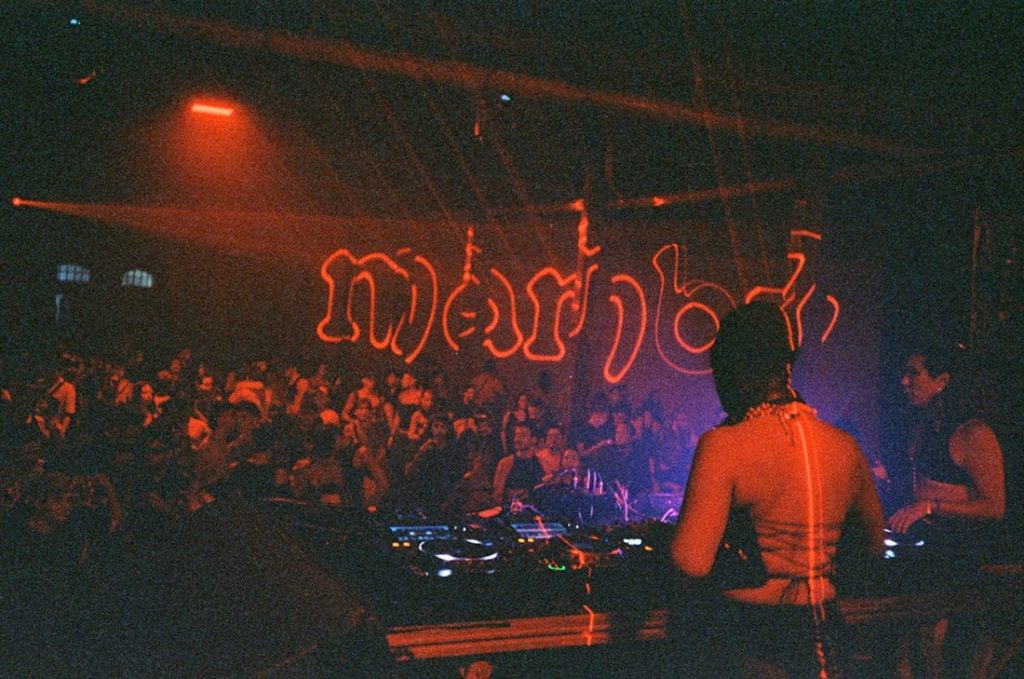
Can the Underground Stay Underground?
The cycle is familiar: subculture becomes cool, gets commodified, and is eventually sanitized for mass appeal. But today’s underground is more agile, more globally networked, and more intentional. Unlike past waves that were eventually swallowed by mainstream culture, this generation is harder to pin down — operating fluidly across borders, digital platforms, and DIY spaces with a heightened awareness of how culture gets co-opted.
“We’re not anti-growth,” says Kia, a DJ and organizer based in Berlin. “We’re anti-extraction. There’s a difference.” It’s not about staying small for the sake of exclusivity — it’s about protecting the integrity of spaces that prioritize people over profit.
Underground club scenes today are as much about music and aesthetics as they are about building systems of care: shared resources, safer spaces, and platforms that uplift rather than exploit. These communities are actively resisting surveillance culture, gentrification, and the pressure to cater to algorithmic tastes. The dancefloor isn’t just a site of escapism — it’s a rehearsal space for alternate futures, where new modes of connection, visibility, and resistance are practiced in real time.
In a world obsessed with visibility, these scenes remind us that what happens off-grid can still shape the cultural mainframe.
